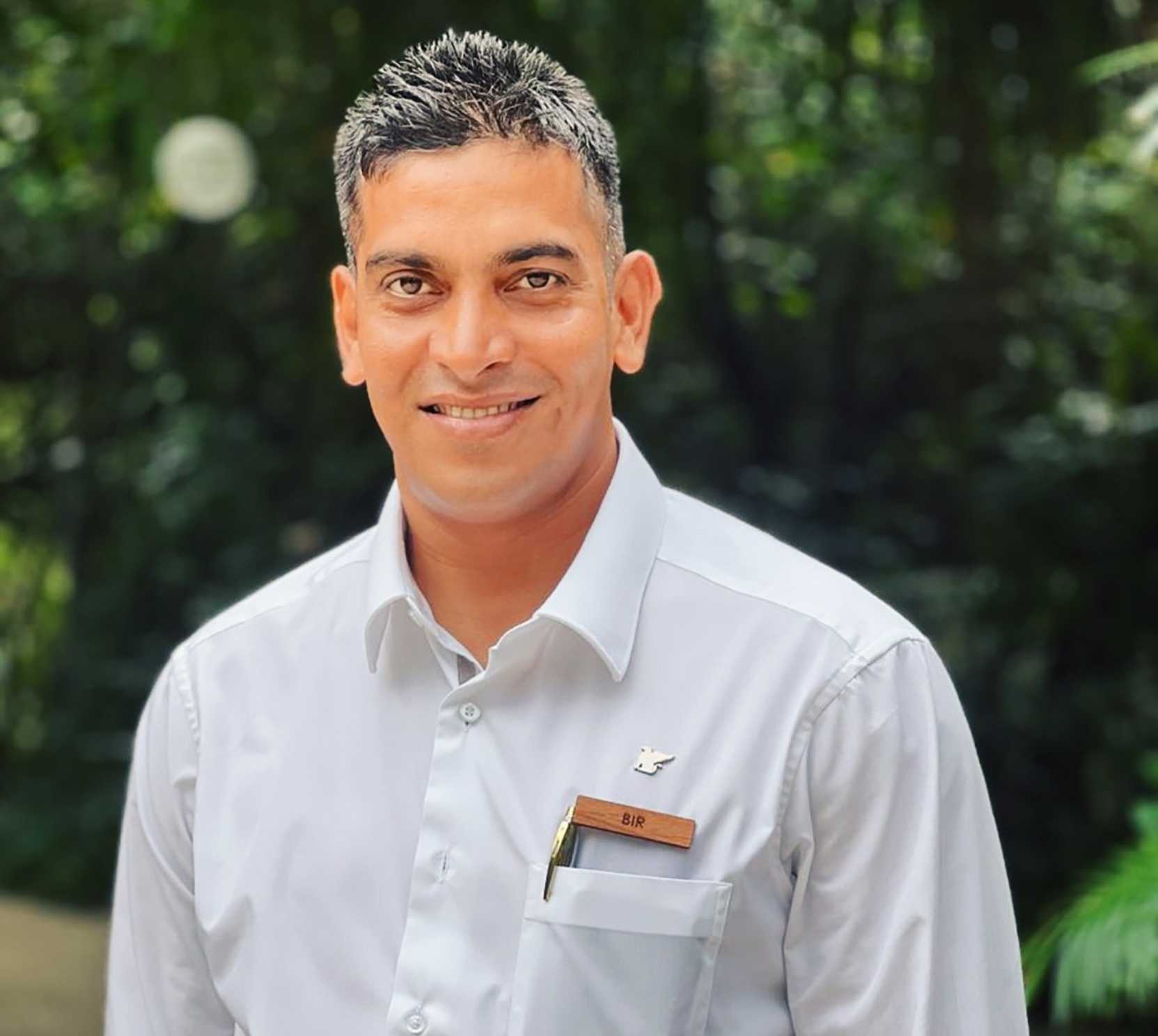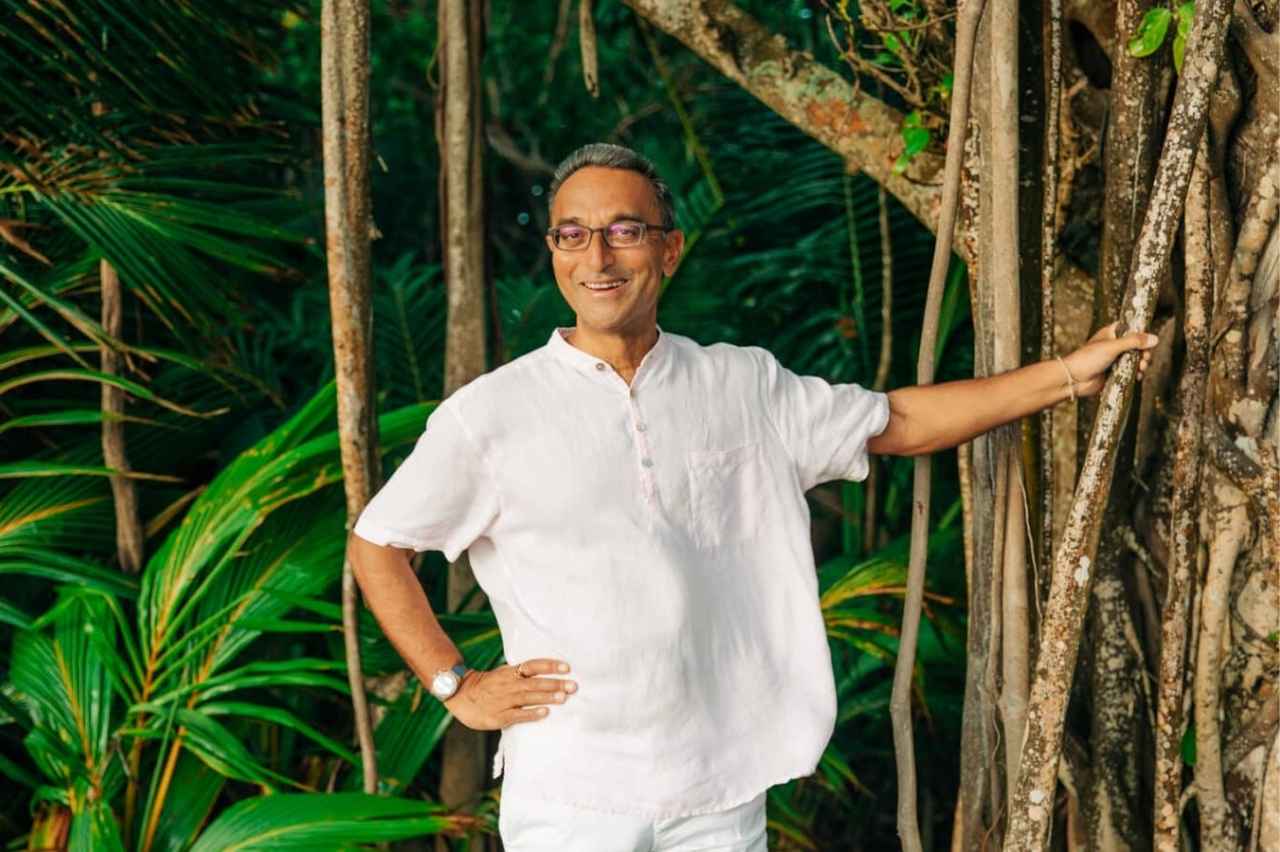JW Marriott Maldives Resort & Spa has proudly appointed Chef Bir Yadav as its new Director of Food and Beverage. This promotion signals a major shift in the resort’s culinary direction. With Bir’s extensive experience and innovative leadership, he is now steering the future of the resort’s dining offerings. His dedication to enhancing the luxury dining experience in the Maldives continues to make a lasting impact. As a result, the resort is set to take its culinary offerings to even greater heights.
Chef Bir expressed his excitement about the new role. He said:
“I am thrilled to embark on this new chapter at JW Marriott Maldives.This role presents an incredible opportunity to curate unparalleled dining experiences while embracing sustainable practices that resonate with our brand’s philosophy of mindful luxury.”
In his new capacity, Chef Bir will oversee the resort’s diverse range of culinary venues. These include five restaurants and three bars. Furthermore, as he embraces this role, Bir aims to introduce more mindful, wellness-oriented dining options. Specifically, he plans to focus heavily on sustainability. His vision involves incorporating locally grown ingredients from the JW Garden, which will ensure that every dish not only delights guests but also aligns with eco-conscious practices. Therefore, guests can look forward to a more sustainable dining experience during their stay.
Previously serving as the resort’s Executive Chef, Bir has already played a key role in revolutionizing the resort’s culinary scene. His innovative approach and commitment to mindful dining helped the resort win the Best Culinary Resort award at the 2024 Travel Trade Maldives Awards. As a result, the resort has gained significant recognition for its culinary offerings. Under his leadership, the resort seamlessly aligned creativity with wellness, and dining became a core part of the guest experience.
Chef Bir’s culinary journey spans more than 20 years. It began in India, where his passion for food took root. Over time, he honed his skills at some of the world’s most prestigious properties, such as The Oberoi and Four Seasons. In addition, he brought his talents to the Maldives, working at renowned resorts like Vakkaru and Faarufushi. Each experience has shaped him into the expert he is today. He now leads the culinary team at JW Marriott Maldives Resort & Spa, guiding them to new heights.
This promotion marks an exciting evolution for the resort’s food and beverage offerings. As Chef Bir leads the team, guests can look forward to enhanced dining experiences. These will celebrate creativity, sustainability, and mindful luxury. Moreover, JW Marriott Maldives continues to set the standard for excellence in the Maldives. Bir’s new role promises to take its culinary journey even further, ensuring that every guest enjoys an unforgettable gastronomic experience.








